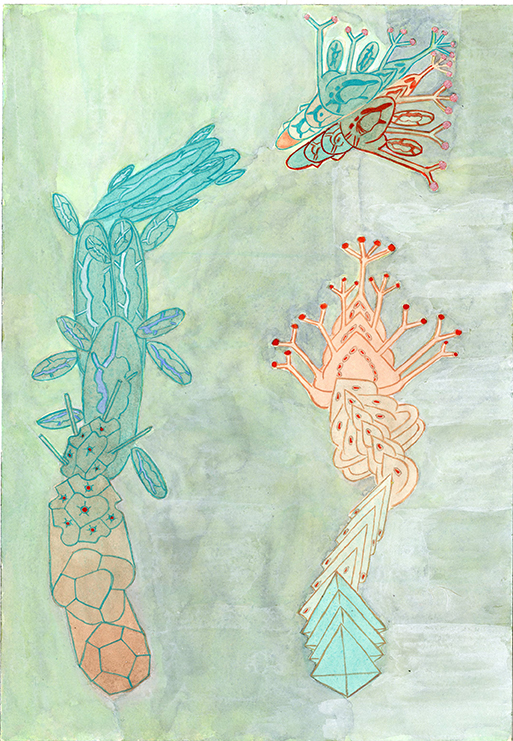Conference Presentation at the Society for Philosophy of Science in Practice: ‘Representing Biology as Process (+Re-presenting Process)’ Alternative format session.
29 June – 2 July 2018
University of Ghent, Ghent, Belgium
Abstract:/\/\/\/\/\/\/\/\/\/
This session developed out of our interdisciplinary project involving an artist (Gemma Anderson), a cell biologist (James Wakefield) and a philosopher (John Dupré). The overall goal of the project is to develop better ways of representing biological processes. It also continues earlier work by Anderson (2017) on drawing as a way of knowing. As Wakefield will argue, the decline of drawing as a practice in biological research has had deleterious consequences for some aspects of biological research.
In the first stages of the project, Anderson and Wakefield have worked together to produce images of mitosis, the process that is the central research topic of the Wakefield lab. The aim was to produce a two-dimensional image that somehow represented the full sequence of transitions involved in mitosis. A method was developed that translated Wakefield’s understanding of mitosis into an image in which the vertical dimension represented time, and a number of features (colour, thickness of line, distance from the centre, etc.) represented crucial aspects of the mitotic process. A number of different images have been generated, representing different organisms with differences in their processes of mitosis. The process of producing these images and its rationale will be presented in fuller detail during the session.
The outcome of this activity has been a series of images, which we refer to—for reasons that will be obvious on seeing them—as mitosis pots. These are, perhaps needless to say, very different from familiar textbook depictions of mitosis. The causal connection between features of mitosis and features of the mitosis pots gives us confidence that the images could be used to represent common features and specific differences in mitosis, though it is also clear that such use would require a degree of training. We shall discuss the costs and benefits of introducing such images into the practice and teaching of biology. Preliminary exploration of this question has involved soliciting reactions from other scientists.
We feel that a standard format of three 30 minute presentation representing distinct disciplinary perspectives would not do justice to the interdisciplinary nature of the project. Instead, we propose three brief introductions to aspects of the project by each of the participants, followed by more detailed presentations of the first completed sub-project, which is collaborative work by Anderson and Wakefield. We will allow some time for discussion at the conclusion of each part of the session. Dupréewill also chair a concluding 15 minute discussion session.










 .
. Process Biology: Final Conference of the ERC Project
Process Biology: Final Conference of the ERC Project